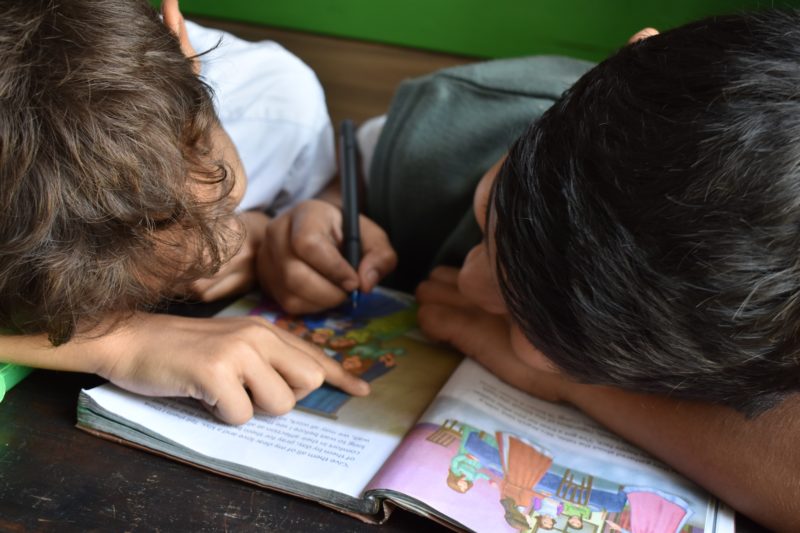The Lyfe Languages Champions are a group of young Australians helping to translate complex medical terminology into a number of local Aboriginal languages across the country. Six languages are currently being translated, each powered by its own Champion. Find out more about the languages and Champions below.
Badimaya
Lyfe Language Champion: Shahmir Rin
The Badimaya Yamatji language is spoken by family groups within the Mid-West region of Western Australia.
Shahmir is a Badimaya Yamatji man born in Perth, with Mount Magnet and Iranian descent. He is currently studying medicine at Curtin University and completing his Aboriginal cadetship with the Department of Health WA.
Shahmir became a Lyfe Languages champion after seeing first-hand the health challenges facing the wider Aboriginal community, and the effects this has on career goals, social wellbeing and community strength.
Creol and Kala Lagaw Ya
Lyfe Languages Champion: Nathanial Tamwoy
The Torres Strait is located at the northernmost tip of Australia, and is comprised of 217 different islands. Torres Strait Islander Creol is an English-based language used to communicate between the 11 main inhabited islands, while the Kala Lagaw Ya language is spoken by the Agun people on Badu Island.
Nathanial is fluent in both Creol and Kala Lagaw Ya, with English as his third language. He moved to Sydney to pursue a degree in Health Sciences with a major in Occupational Therapy, and has commenced translations for both languages.
Eastern Arrernte
Lyfe Languages Champion: Riley Dolman
The Arrernte language contains a number of dialects spoken by different family groups in Alice Springs in the Northern Territory. The Eastern/Coastal Arrernte dialect is the most common form, with around 2,000 – 3,000 speakers.
Riley is a Masters of Clinical Exercise Physiology at the University of Western Australia, and holds a Bachelor degree in Sports Science, Exercise and Health. He is passionate about making the current healthcare system more accessible to Aboriginal people while allowing cultural identity and practices to thrive.
Kija
Lyfe Languages Champion: Anthony Treacy
The Kija language is spoken by family groups within the East Kimberley region of Western Australia, with around 100 – 200 current speakers.
Anthony is a Kija man who was born in Broome before moving to the East Coast for most of his childhood years. Since graduating from high school, Anthony returned to the West, working hard to secure a place on the 2020 West Coast Eagles AFL rookie list.
His mother is a fluent Kija speaker who is helping Anthony to translate medical terminology into the language. Together, they are making it easier and more convenient for elders to communicate with healthcare professionals, creating ongoing benefits for the community.
Noongar
Lyfe Languages Champions: Connor Farnell and Tom Farnell
The Noongar language group is found across the South West region of Western Australia, and is currently spoken by around 8,000 people.
Connor and Tom Farnell are part of the Cable family from Narrogin, and spent most of their childhood in the Blue Mountains region of New South Wales. Connor is a qualified physiotherapist at St Vincent’s Hospital in Sydney, while Tom is a current medical student at the University of Sydney.
Both Connor and Tom see the Lyfe Languages opportunity as a chance to give back to their mob, helping to close the gaps in healthcare and forging deeper connections with their culture and community.
Nyangumarta (Pitjikarli)
Lyfe Languages Champion: Yarlalu Thomas
The Nyangumarta language group is found within the central Great Sandy Desert region of Western Australia. It is broken into Coastal and Pitjikarli dialects, with a number of active speakers across the Pilbara today.
Yarlalu Thomas manages the Lyfe Languages project, while studying a double degree in Medical Science and a Doctor of Medicine at the University of Sydney. He is originally from Warralong, located southeast of Port Hedland.
With the majority of his family speaking English as a second or third language, Yarlalu is driven to enabling improved accessibility for health care in regional areas, while empowering young Aboriginal people to learn their respective native languages.
Back to news